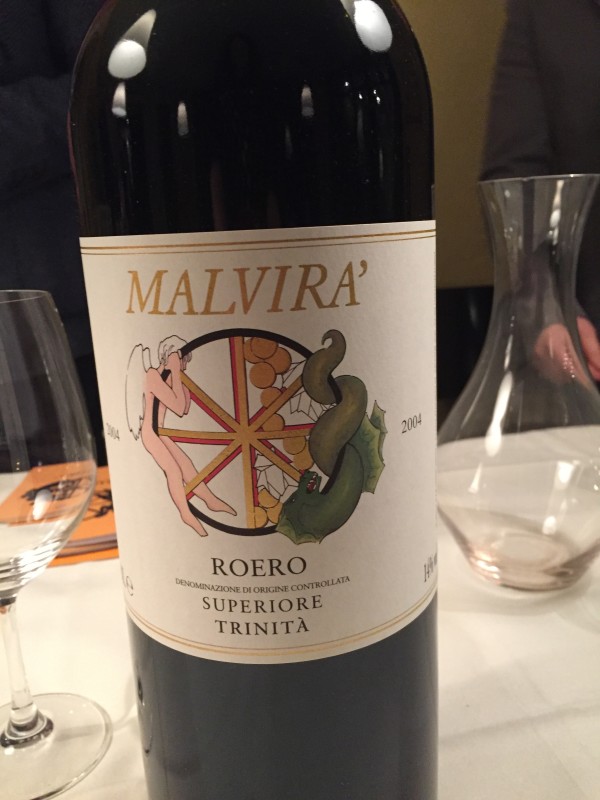Neighbor to the North, Roero.
/Here in the Langhe we talk a lot about Barolo and Barbaresco and the Langhe wines in general. What is Roero, where is Roero, and for an English sake how do you say Roero? The saying of Roero is pretty simple, especially if you grew up watching Scooby-Doo. RUH ROH. Ro-e-Ro you say? The Roero is located north of the Langhe on the Right side of the river Tanaro. Here in Roero the soils are much younger containing much more sandy soil than what you would find the the Langhe. Also many times when the wineries are working in the vineyards they will find sea shells, and also fossils. Cool, nè? Many places when you go to visit will want to show of their findings and it is pretty amazing to see life that was here over 4 million years ago. The Roero was forever better known for its fruit production, peaches, apricots, strawberries, cherries, asparagus, and of course my beloved Arneis grapes. Today Roero is becoming more popular for it’s Nebbiolo growth as well and is making some wonderful world class wines from it too.
Let’s take a minute to talk about this crazy grape they call Arneis. Arneis was once known as Nebbiolo Bianco or Barolo Bianco, some say because it is a genetic mutation of Nebbiolo or if it was cultivated alongside Nebbiolo as a way to deter the birds. The Arneis would ripen quicker and would be much sweeter to the nose so the birds to flock to those grapes first, and by the time the Nebbiolo was ready for harvest the birds were long gone to it could ripen in peace. Anyways once people of this area started to vinify this grape they changed it’s name to Arneis. A word in the Piemonteis dialect meaning menace. When I tell this to people they either laugh or are horrified that I used the word Menace to describe a grape. The reason for this is because once people started to vinify this grape they realized that it was very fussy in the cellar and needed much attention to make a light, mineral driven white wine.
Today you can find Arneis in many different styles of wine from sparkling, to still, to no skin contact, to maceration up to 30 days. There are also many high quality producers working with the Arneis grape today and the better examples of this wine are coming from the Roero region.
One producer that I recently went to visit for the first time I would like to take a minute and let you know about them. It really was an amazing visit and the wines were even better than I had remembered. Giovanni Almondo is the name of the winery and they are well known in this area for their Arneis coming from the cru Bricco dell Ciliegie. In this vineyard Stefano spoke to us about the families older vines and that have been in their family for generations. As a matter of fact his father was born in the small house that is on the top of this vineyard so there is much meaning and importance to this family for the Bricco dell Ciliegie vineyard. Arneis is a grape that grows well in sandier soils as it is easier for the grapes roots to grow in these types of soils and does not stress the vines to much. The Bricco dell Ciliegie is mostly made up of sandy soil but has some veins of clay and also limestone which help to give this wine more of its wonderful mineralic characteristics. When we were there Stefano explained to us that we were tasting from their last tank and it was the last bottling they will make for the 2016 vintage. He said for him the tank that stays the most time in contact with the fine lees makes the wine much more interesting, and more complex. I would have to agree, this was was smooth, notes of stone fruits and pears, with a salty finish.
I would highly recommend a visit to this wonderful estate and make sure to try their Arneis as well as their Nebbiolo based wines. You can find them at:
Via San Rocco 26 - 12046 Montà (CN)











